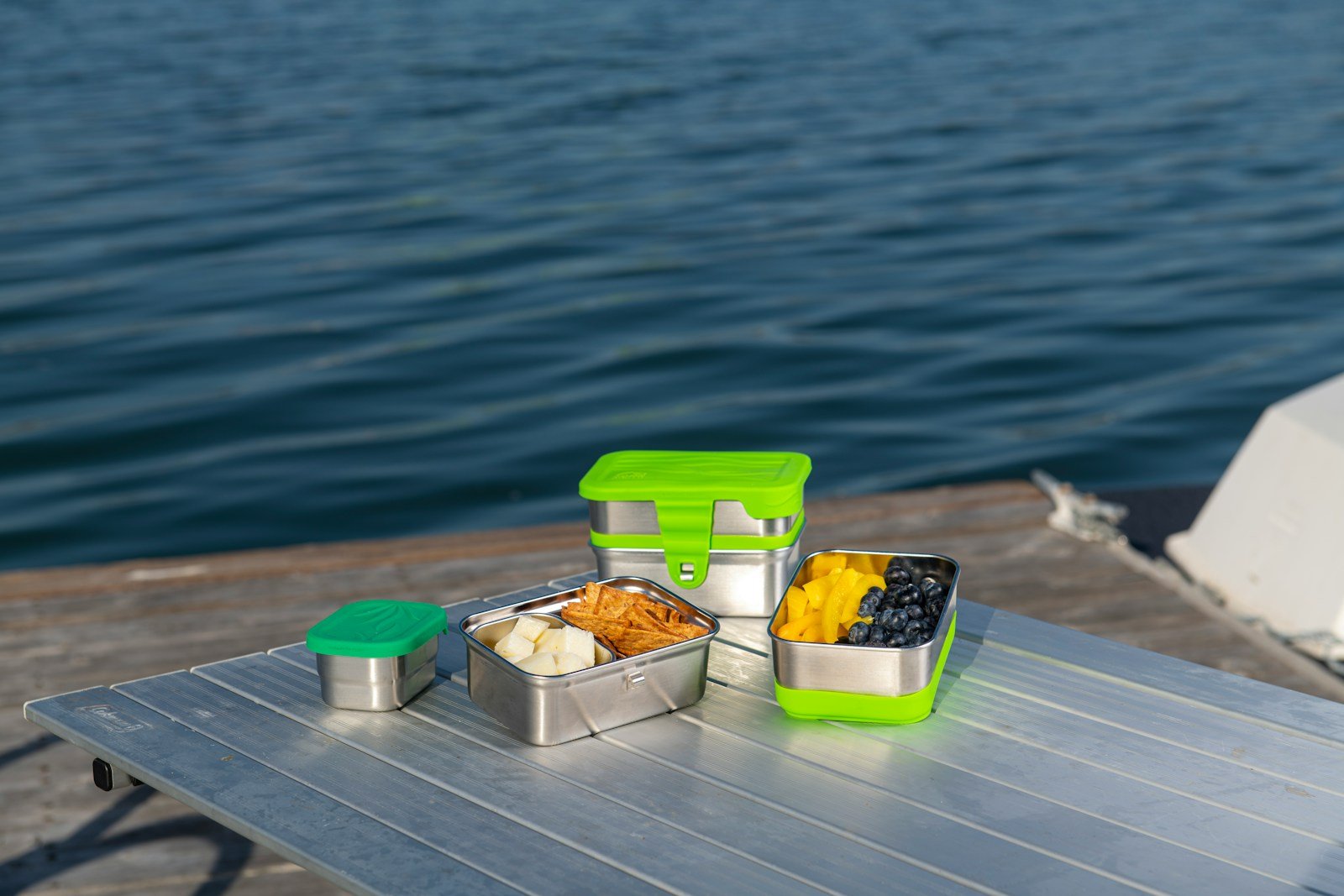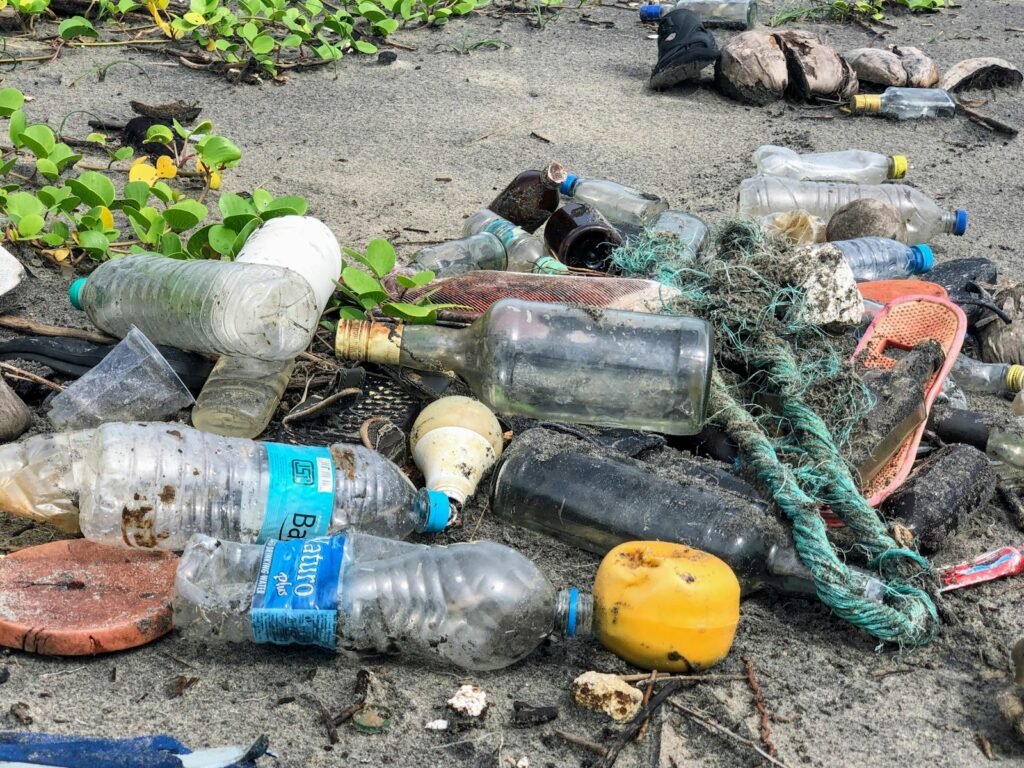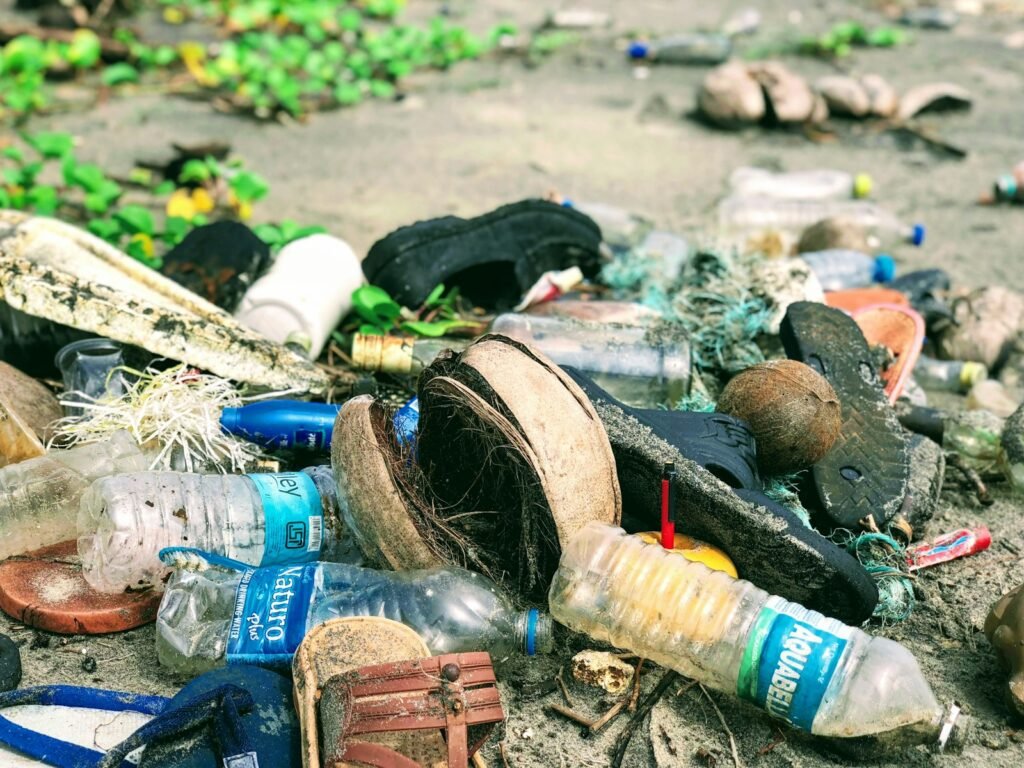Reducing waste is one of the most impactful steps we can take toward a more sustainable future. With small changes in our daily habits, we can significantly reduce the amount of trash that ends up in landfills and oceans. Here are 10 practical ways you can start making a difference right at home.

Switch to Reusable Shopping Bags
Plastic shopping bags are one of the most common types of waste found in landfills and natural environments. They take hundreds of years to decompose and often end up polluting our oceans. The good news is that switching to reusable tote bags is an easy, affordable solution. Keep a few sturdy reusable bags by your front door or in your car for convenience when you’re out shopping. Over time, this simple habit can prevent thousands of single-use plastic bags from entering the waste stream.
Use Reusable Containers and Bottles
Single-use plastic containers and bottles contribute significantly to household waste and environmental harm. Instead of relying on these disposables, invest in reusable alternatives like glass jars, stainless steel water bottles, and silicone food storage bags. These items are durable, easy to clean, and can be used for years with proper care. Making the switch now will reduce your reliance on plastic and help you develop more sustainable habits in the long run.
Avoid Single-Use Items
Items such as straws, utensils, and condiment packets may seem harmless at first glance, but they add up quickly and contribute to a massive amount of waste every year. Many of these items are made from plastics that do not break down easily and can harm wildlife if not disposed of properly. To combat this, consider bringing your own reusable alternatives such as bamboo utensils, stainless steel straws, or silicone lids for condiment containers. Keeping a small kit in your bag can make it easy to choose eco-friendly options whenever you’re on the go.
Compost Organic Waste
Organic waste makes up a significant portion of household trash and is often sent to landfills where it decomposes without oxygen, producing methane—a potent greenhouse gas. Composting provides an effective solution by transforming food scraps into nutrient-rich soil that can be used for gardening or houseplants. Whether you choose to start with a small indoor compost bin or a larger outdoor system, taking the time to compost is a powerful way to reduce waste and support your own green space.
Choose Products with Minimal Packaging
Excessive packaging not only adds unnecessary waste but also consumes valuable resources in its production. To cut down on this type of waste, consider buying items in bulk where possible or choosing products that come with minimal or eco-friendly packaging. Shopping at local markets or stores that prioritize sustainability can help you find more environmentally responsible options. Even small choices like selecting a product with cardboard instead of plastic packaging make a difference over time.
Repair Instead of Replace
Throwing away broken items is tempting, but it often results in unnecessary waste and the need for new products that require additional resources to produce. Instead, take the time to repair household items such as clothing, furniture, or electronics. Many simple repairs can be done at home with a few tools, while more complex fixes may benefit from professional help. Upcycling old items into something new is another great way to give them a second life and reduce your environmental footprint.
Use Eco-Friendly Cleaning Products
Many traditional cleaning products contain harmful chemicals that can pollute water systems when they are washed down the drain. Switching to eco-friendly alternatives, such as vinegar, baking soda, or plant-based cleaners, helps protect both your home and the environment. You can also make your own natural cleaning solutions at home using simple ingredients like lemon juice or essential oils. These options are not only better for the planet but often more affordable in the long run.
Opt for Digital Over Paper
Paper waste is a common issue that many households face, from excess mail to unnecessary printouts and receipts. Transitioning to digital formats can help reduce this kind of waste significantly. Set up online accounts for bills, magazines, and subscriptions so you can receive everything electronically. Using e-readers or tablets instead of printed books is another great way to cut down on paper usage while still enjoying your favorite reads.
Support Sustainable Brands
The brands we choose to support have a powerful impact on the environment. Many companies now prioritize sustainability by using eco-friendly materials, reducing their carbon footprint, and implementing ethical manufacturing processes. When shopping, look for products that are certified as sustainable or made with recycled materials. Choosing these options not only helps reduce waste but also encourages more businesses to adopt environmentally friendly practices.
Educate and Involve the Whole Family
Reducing waste is most effective when it becomes a shared effort among all household members. Educating your family about the environmental impact of waste can inspire everyone to make more sustainable choices in their daily lives. Create small challenges or set goals that encourage participation, such as reducing plastic use for a week or composting together. Making eco-friendly living fun and engaging helps ensure long-term success and builds a culture of sustainability within the home.
By adopting these simple yet impactful habits, you can make a meaningful difference in your household’s environmental footprint. These changes not only help reduce waste but also promote a more sustainable lifestyle that benefits both people and the planet. Start with one or two tips today and gradually build toward a more eco-friendly home over time.







